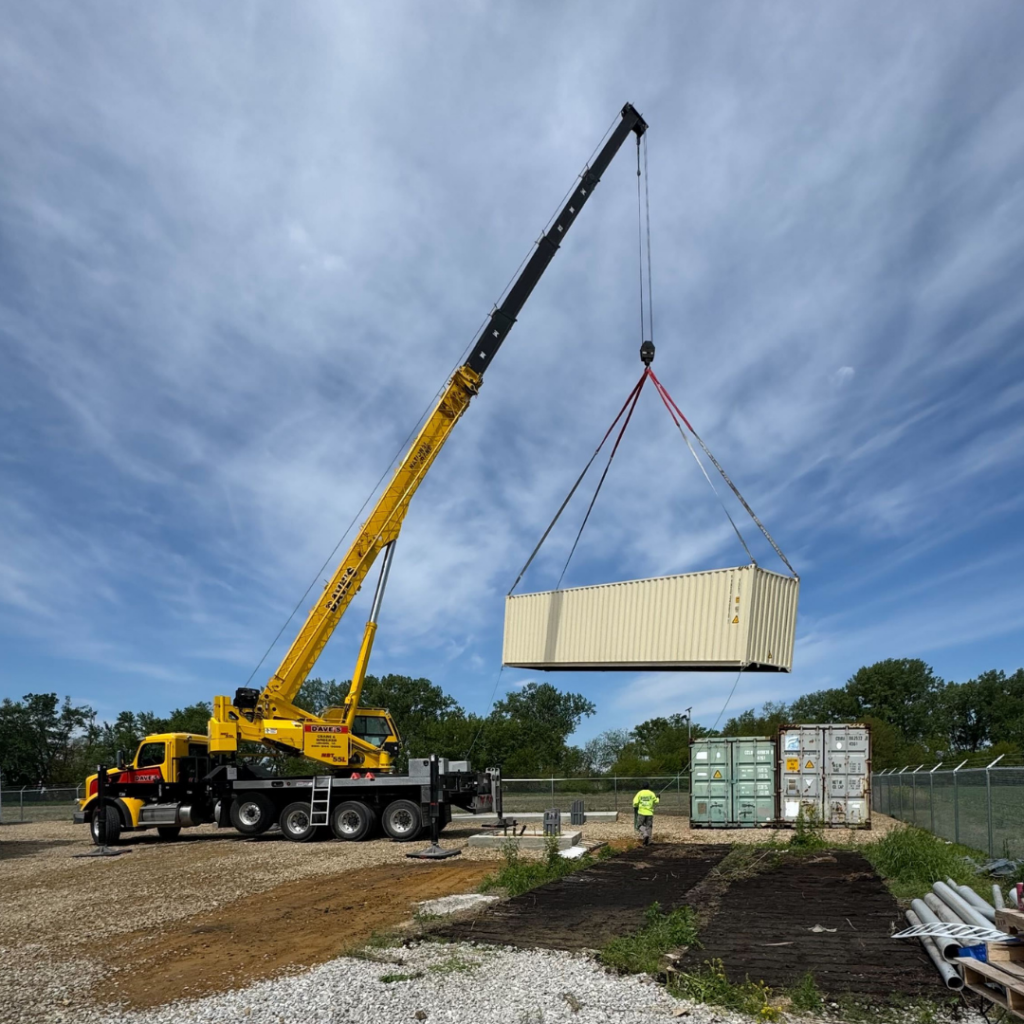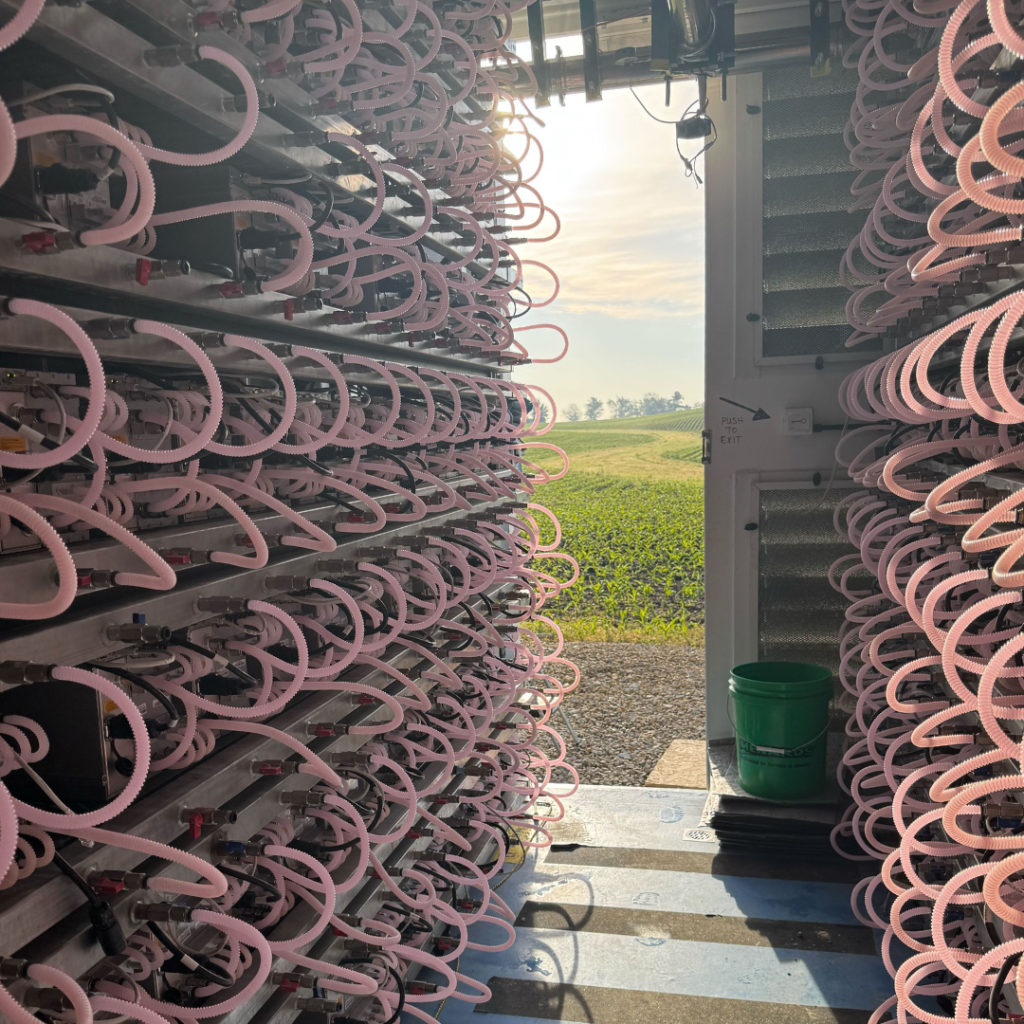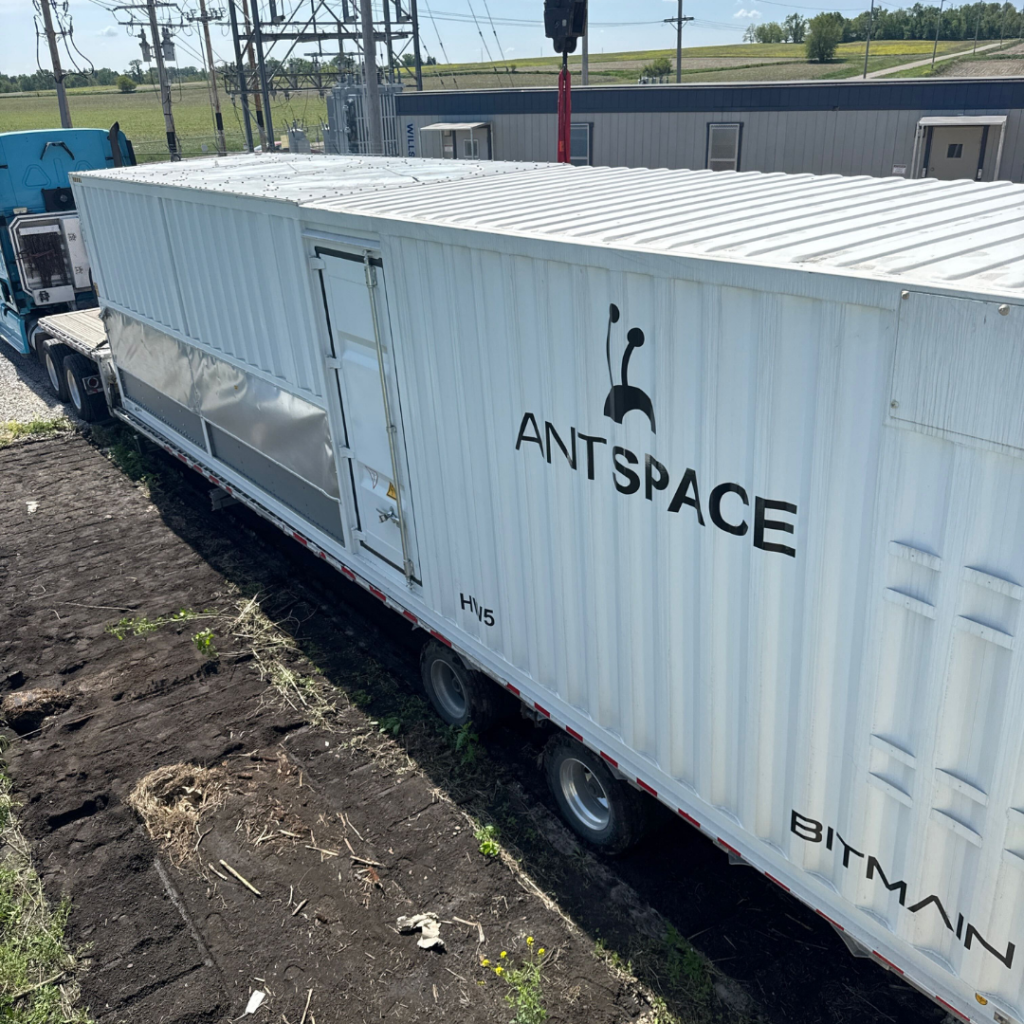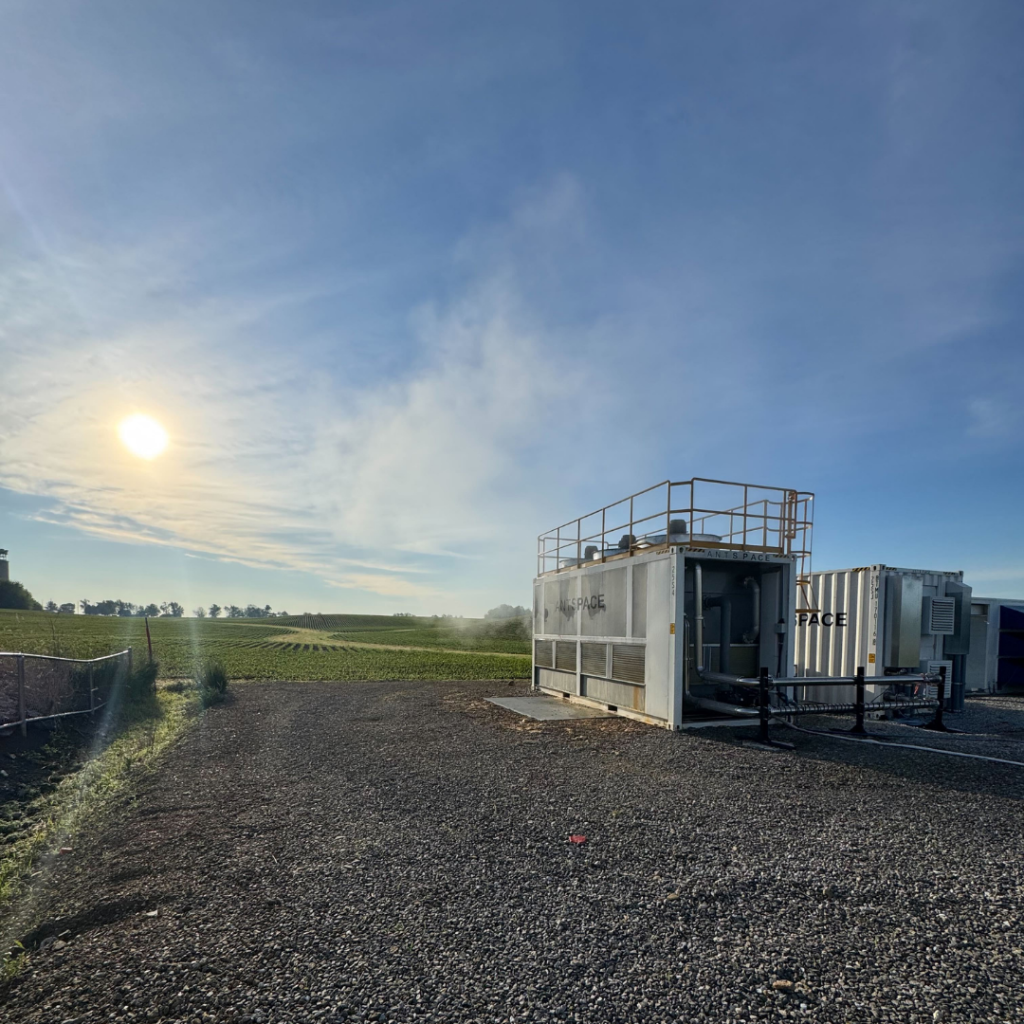Power On Your Hydro Mining System
Step-by-Step Guide to Safe & Efficient Startup
How to Properly Power On Hydro Mining Equipment
Starting up hydro mining equipment correctly is vital to protect your investment and ensure smooth, efficient operation from day one. Improper power-on procedures can cause system stress, hardware damage, or costly downtime.
This step-by-step guide walks you through the essential process to safely boot your hydro system, balance water pressure, and prevent avoidable failures.
Step 1: Pre-Power-On Safety Checks
Inspect All Connections
- Verify all water hoses, fittings, and electrical cables are securely connected and undamaged.
- Check for any visible leaks or loose components
Confirm Coolant Levels and Quality
- Ensure the coolant reservoir is filled with the correct fluid (deionized water or antifreeze) at recommended levels.
- Check coolant pH (7.0–9.5) and conductivity (<100 μS/cm).
Verify Environmental Conditions
- Confirm ambient temperature is within operating range (20–50°C).
- Ensure proper ventilation around the equipment.

Step 2: Initial Water System Preparation

Open All Valves
- Fully open inlet and outlet valves to allow free coolant flow.
- Ensure air vents or bleed valves are ready to release trapped air.
Start Water Circulation
- Power on the coolant pump without powering the ASICs to circulate fluid and build system pressure.
- Monitor pressure gauges; target pressure should stabilize at ≤3.5 bar.
Bleed Air from System
- Use bleed valves to remove trapped air pockets that can cause cavitation or flow blockages.
- Continue circulation until flow rate reaches the recommended 8.0–10.0 L/min.
Step 3: Power On Electrical Systems
Switch on Power Distribution Unit (PDU)
- Confirm stable voltage supply (380–415V AC, 3-phase).
- Check grounding resistance (<0.3 Ω) to avoid electrical hazards.
Power On ASIC Miners
- Turn on miners one at a time or in small batches to avoid sudden power surges.
- Observe startup sequences via the miner’s web interface or control panel.
Monitor Initial Operation
- Check real-time coolant temperature, flow rate, and system pressure.
- Watch ASIC temperatures and hashrate for anomalies.

Step 4: Stabilization and Final Checks

Balance Water Pressure
- Adjust valves if necessary to maintain consistent pressure and flow across all units.
- Ensure no sudden pressure spikes or drops occur during operation.
Verify System Integrity
- Inspect for leaks, unusual noises, or vibrations.
- Confirm all sensors and alarms are functional.
Document Startup Data
- Log initial operating parameters (pressure, temperature, power draw, hashrate).
- Schedule regular monitoring intervals for the first 72 hours.
Why This Matters
Prevents Hardware Stress:
Gradual power-up and pressure balancing reduce thermal and mechanical shock to sensitive ASIC components.
Avoids Downtime:
Early detection of leaks or electrical issues minimizes costly repairs.
Extends Equipment Life:
Proper startup protocols help maintain stable operating conditions, maximizing miner longevity.
Summary
| Step | Action | Key Tip |
|---|---|---|
| 1. Safety Checks | Inspect connections and coolant | Use pH and conductivity meters |
| 2. Water Prep | Circulate coolant, bleed air | Target 8–10 L/min flow, ≤3.5 bar |
| 3. Power On | Activate PDU, then miners | Power miners gradually |
| 4. Stabilize | Adjust valves, monitor sensors | Log data and watch for anomalies |
Remember:
A careful, methodical power-on process is your first defense against operational failures. Follow these steps every time you deploy or restart hydro mining equipment to keep your facility running at peak efficiency.
Safety protocols to follow when powering on hydro equipment
When powering on hydro equipment, technicians should follow strict safety protocols to prevent accidents, equipment damage, and ensure smooth operation. Key safety measures include:
1. Follow Manufacturer Guidelines: Always adhere to the equipment’s official operating manual and safety instructions to avoid misuse or errors during startup.
2. Personal Protective Equipment (PPE): Wear appropriate PPE such as insulated gloves, safety goggles, waterproof clothing, and hard hats to protect against electrical hazards, high-pressure fluids, and debris.
3. Electrical Safety:
- Ensure all equipment is properly grounded with grounding resistance below 0.3 Ω to prevent electrical shocks.
- Keep electrical equipment and cords away from water sources to avoid short circuits and electrocution.
- Use Ground Fault Circuit Interrupters (GFCIs) where applicable.
- Inspect power cords and connections for damage before powering on.
4. Maintain Safe Distances: Keep personnel clear of moving parts and pressurized lines during startup. Maintain safe distances from overhead power lines (minimum 7 meters or about 23 feet) to avoid accidental contact.
5. Hydraulic System Checks:
- Verify all hoses, fittings, and valves are secure and leak-free before powering on.
- Confirm coolant levels, flow rates, and pressure are within recommended ranges to prevent cavitation or overheating.
6. Controlled Power-Up Sequence:
- Start pumps and coolant circulation first to build system pressure and remove air pockets before powering ASIC miners.
- Power miners gradually, monitoring system parameters closely to detect abnormalities early.
7. Never Leave Equipment Unattended: Do not leave hydro equipment running unattended during startup or operation to quickly respond to any faults or emergencies.
8. Emergency Preparedness:
- Have fire extinguishers and emergency shutdown procedures readily accessible.
- Train all personnel on hazard recognition, emergency response, and safe operation protocols.
9. Environmental Awareness: Be mindful of site-specific hazards such as confined spaces, excavation trenches, and traffic.
By rigorously following these safety protocols, technicians can minimize risks associated with powering on hydro equipment, protect personnel, and ensure reliable mining operations.
Optimal power-on protocols are foundational to maximizing asset uptime and securing ROI in hydro deployments. Despite detailed guides, real-world operationalization presents critical variables leading to costly delays or hardware degradation.
Why risk suboptimal performance or extended time-to-value?
Our specialized deployment expertise mitigates these complexities, ensuring precise system integration and immediate operational stability. Leverage our field-proven methodology to accelerate your infrastructure’s efficiency and secure its peak yield from day one.
